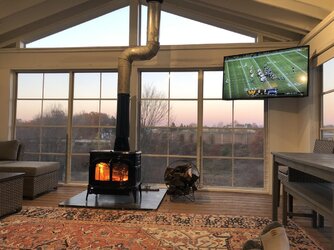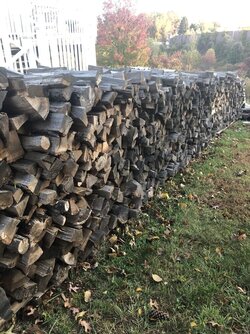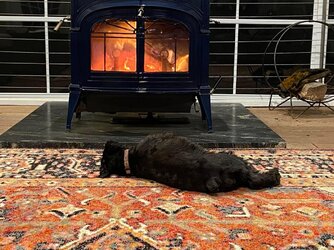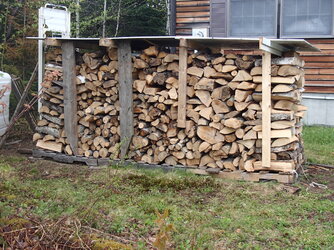So my wood stove was installed last October. I started looking for wood and found a bunch of oak, apple and some cherry but mostly oak. My issue is that I split up maybe 10 different tree-types of various dryness. I hand split and stacked about 6 cords. I went through last winter with a good dry burn ( my chimney guy had to get a dead bird out of there, inspected, and said it was great, “fluffy ash”).
I burned again last night as the temps are dropping in Maryland, and heard the sizzle of a wet log. Everything is pretty mixed up in the pile and I’m not planning to moisture test everything. Once the fire is hot enough it burns everything. And I plan to have my chimney guy come out in the summer and clean. Just wondering, really, how important 20% is if it’s not dry yet. I should get ahead of the cycle by next year and be dry.



I burned again last night as the temps are dropping in Maryland, and heard the sizzle of a wet log. Everything is pretty mixed up in the pile and I’m not planning to moisture test everything. Once the fire is hot enough it burns everything. And I plan to have my chimney guy come out in the summer and clean. Just wondering, really, how important 20% is if it’s not dry yet. I should get ahead of the cycle by next year and be dry.





